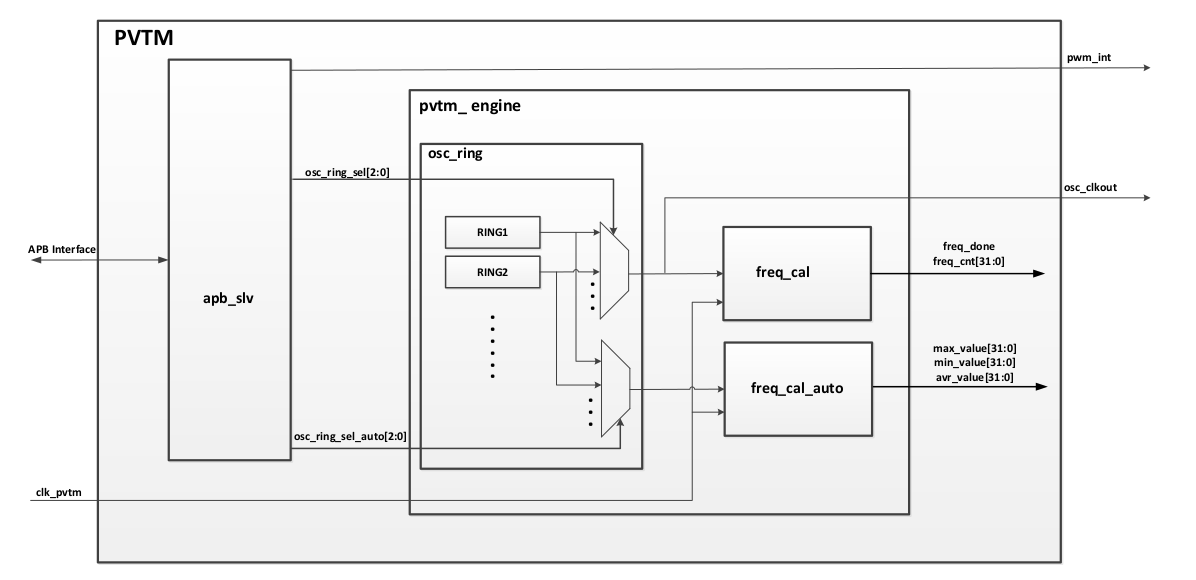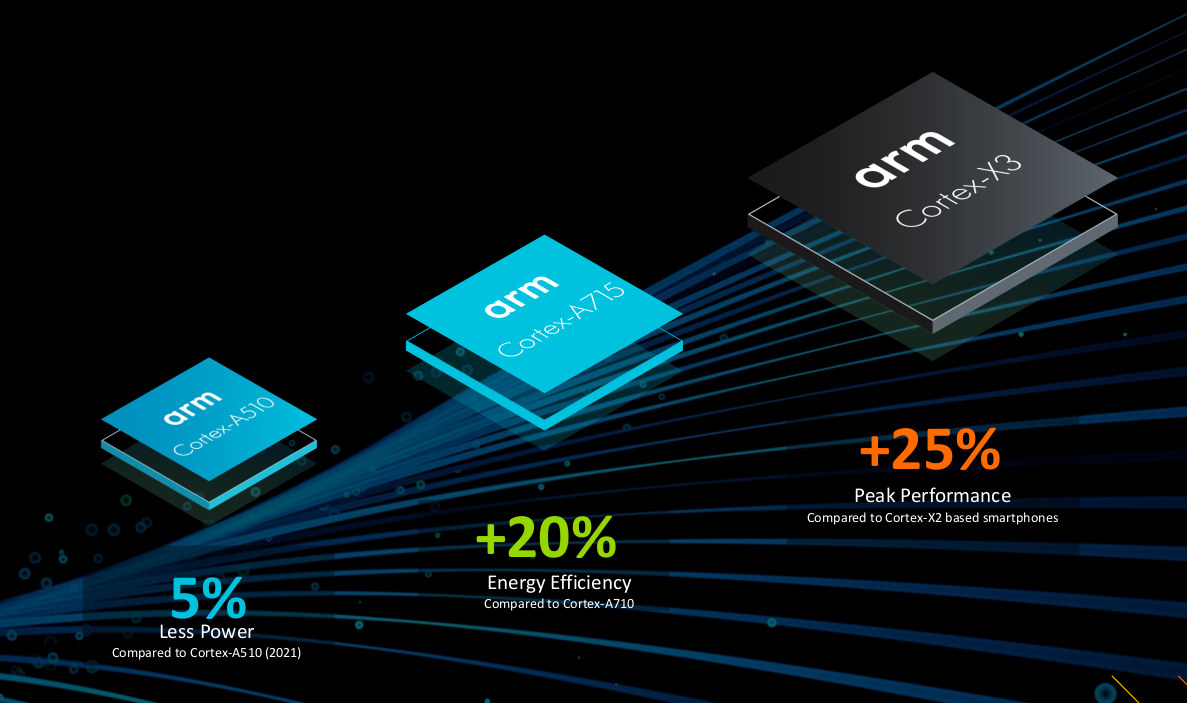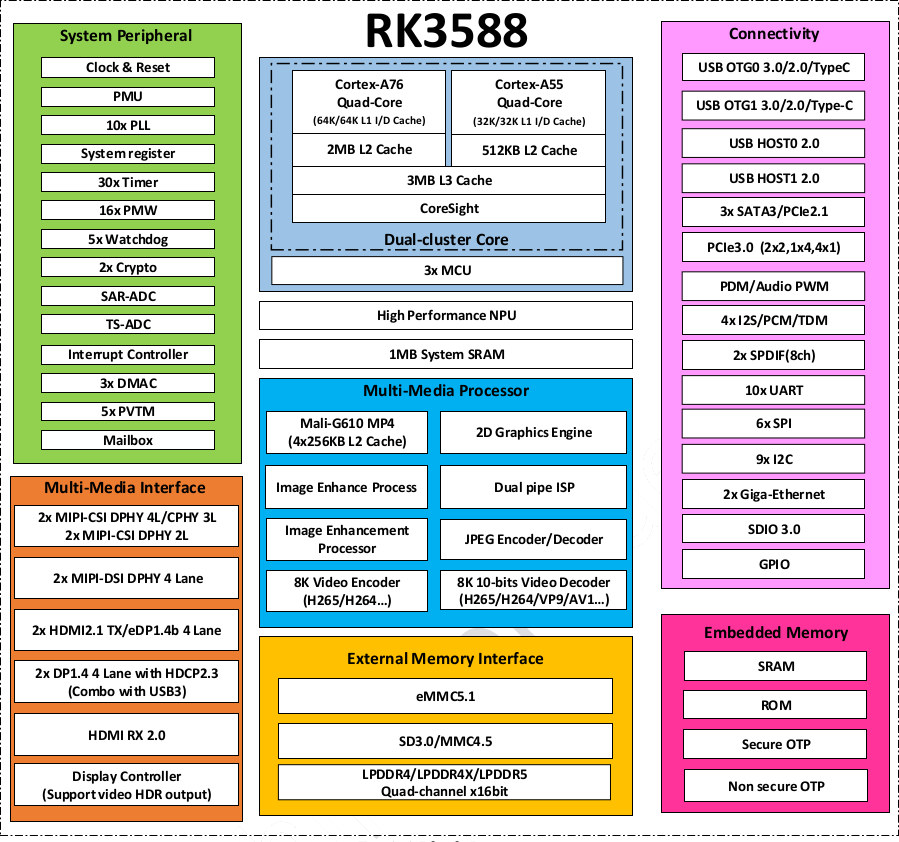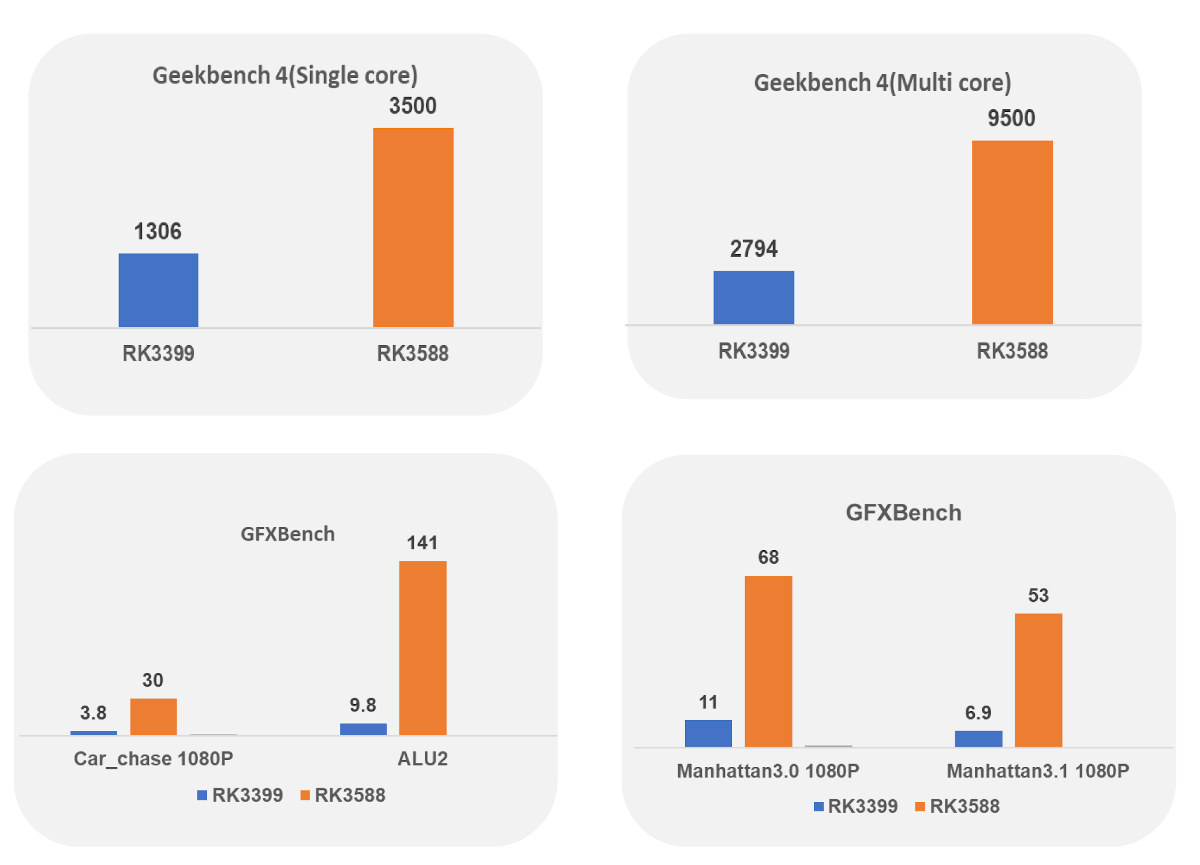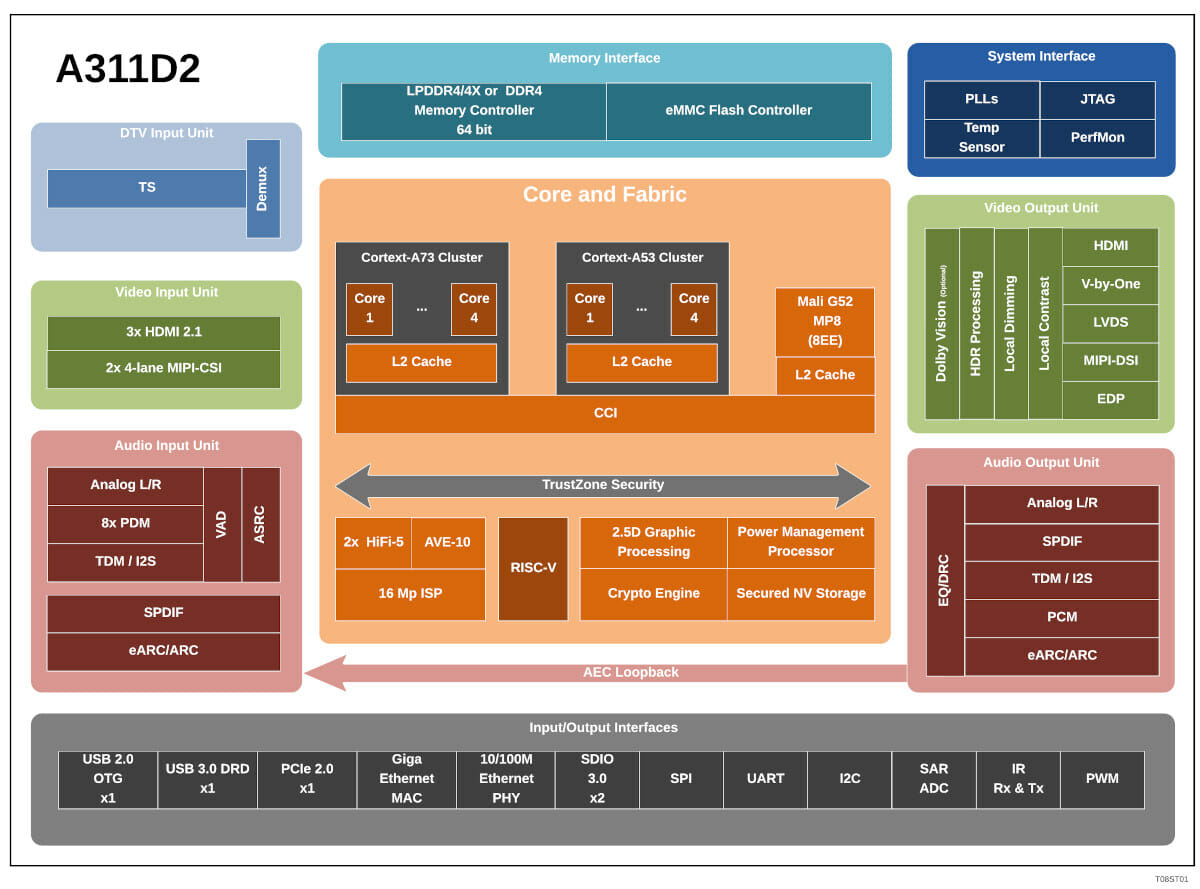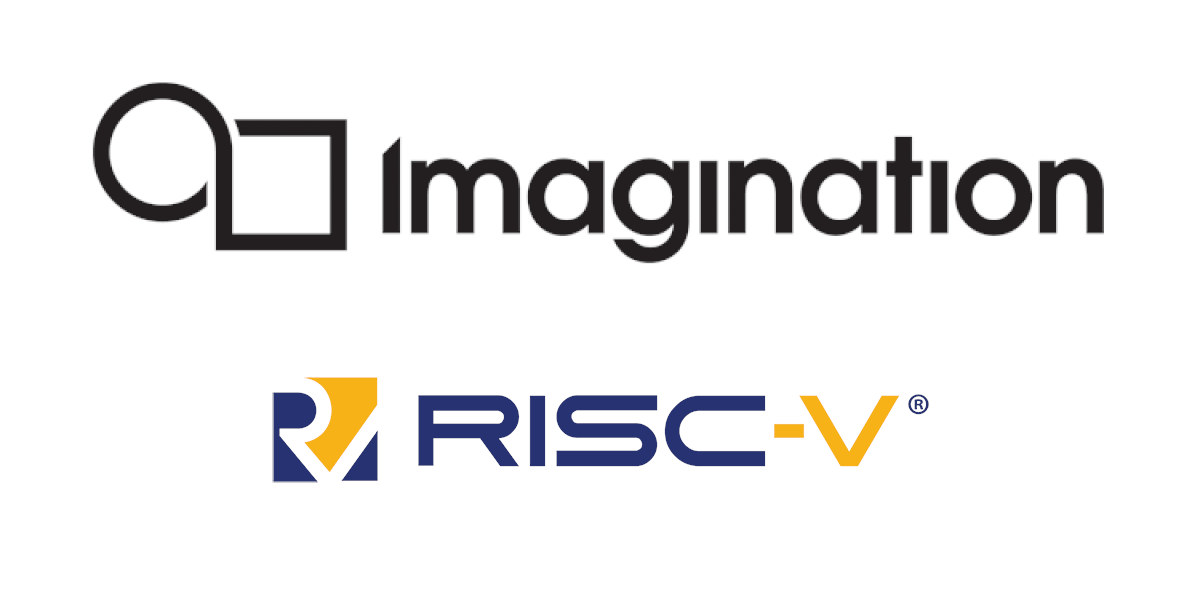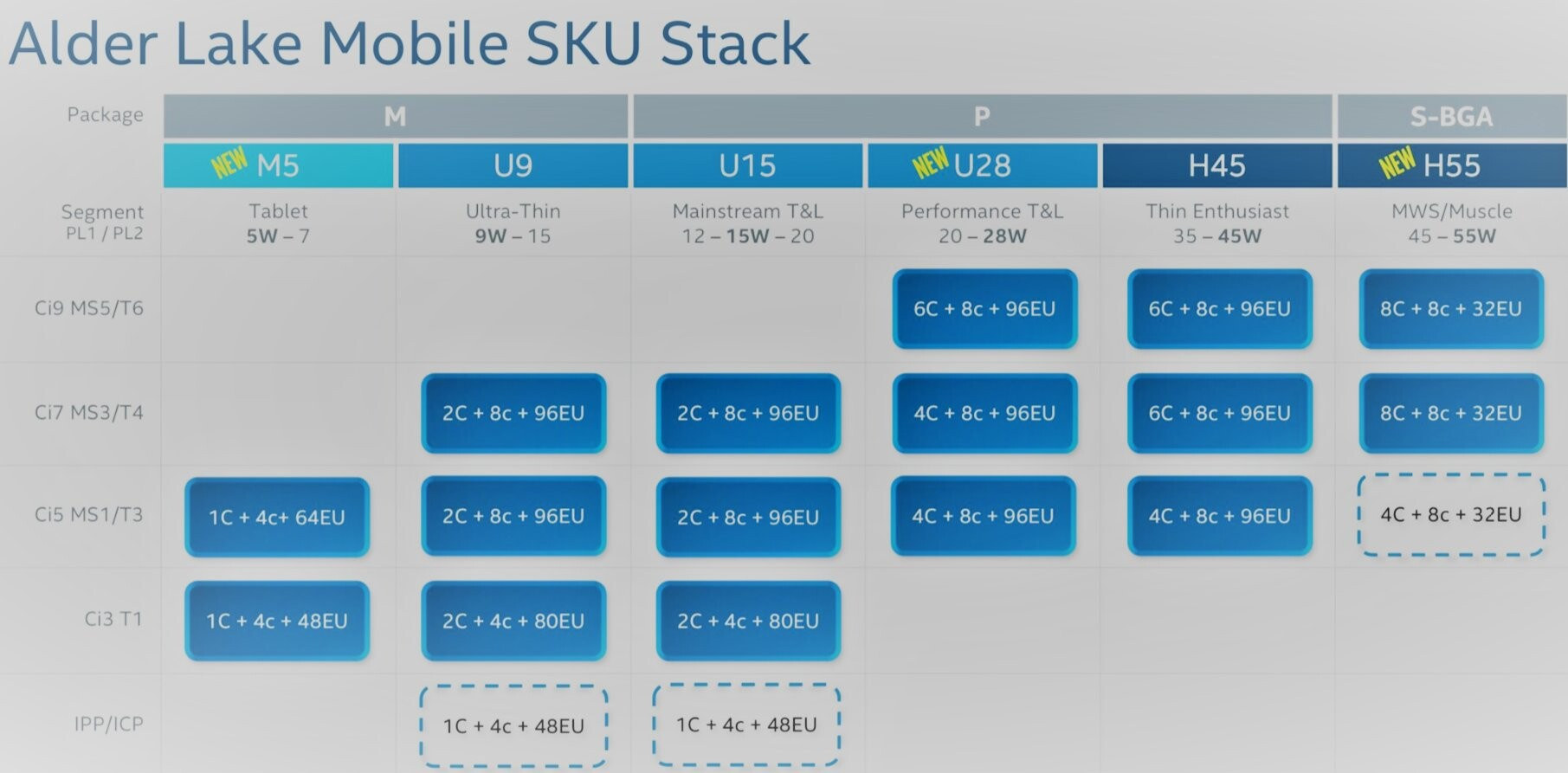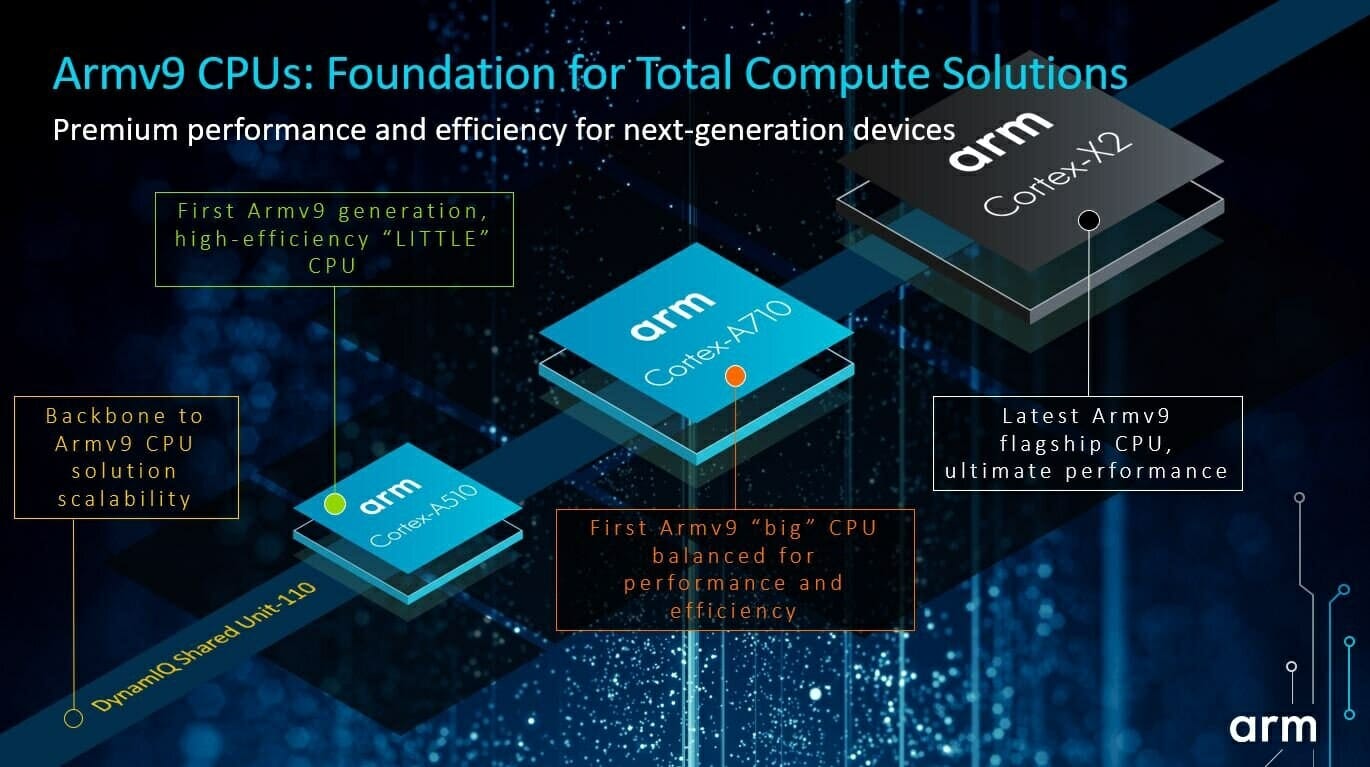While the Rockchip RK3588 processor is advertised as reaching 2.4 GHz, not all RK3588 chips may achieve this frequency. The keyword is PVTM (Process-Voltage-Temperature Monitor), and we’ll try to explain why it does, and why some of the RK3588 processors may only be clocked at about 2.3 GHz, while others will run fine at 2.4 GHz. This all started with Rock 5B SBC debug party, where we noticed our boards did not reach the same frequency. Willy Tarreau noted the “pvtm” value was different between our boards: Willy’s board: (Cortex-A76 cluster 1 @ 2,304 MHz, cluster 2 @ 2,352 MHz)
|
1 2 3 4 5 6 7 |
# dmesg|grep cpu.*pvtm [ 2.606324] cpu cpu0: pvtm=1482 [ 2.606542] cpu cpu0: pvtm-volt-sel=3 [ 2.614206] cpu cpu4: pvtm=1722 [ 2.618389] cpu cpu4: pvtm-volt-sel=5 [ 2.626814] cpu cpu6: pvtm=1744 [ 2.630998] cpu cpu6: pvtm-volt-sel=6 |
CNXSoft board (Cortex-A76 cluster 1 @ 2,304 MHz, cluster 2 @ 2,304 MHz) :
|
1 2 3 4 5 6 |
[ 3.620281] cpu cpu0: pvtm=1490 [ 3.620376] cpu cpu0: pvtm-volt-sel=4 [ 3.627377] cpu cpu4: pvtm=1736 [ 3.631320] cpu cpu4: pvtm-volt-sel=5 [ 3.639103] cpu cpu6: pvtm=1732 [ 3.643069] cpu cpu6: pvtm-volt-sel=5 |
Thomas Kaiser (tkaiser) board: (Cortex-A76 cluster 1 @ 2,400 MHz, cluster 2 @ 2,400 MHz)
|
1 2 3 4 5 6 |
[ 3.117399] cpu cpu0: pvtm=1528 [ 3.117491] cpu cpu0: pvtm-volt-sel=5 [ 3.124529] cpu cpu4: pvtm=1785 [ 3.128495] cpu cpu4: pvtm-volt-sel=7 [ 3.136234] cpu cpu6: pvtm=1782 [ 3.140173] cpu cpu6: pvtm-volt-sel=7 |
For reference, CPU 0 to 3 are Cortex-A55 cores, CPU 4-5 are two Cortex-A76 cores (cluster 1), and […]


